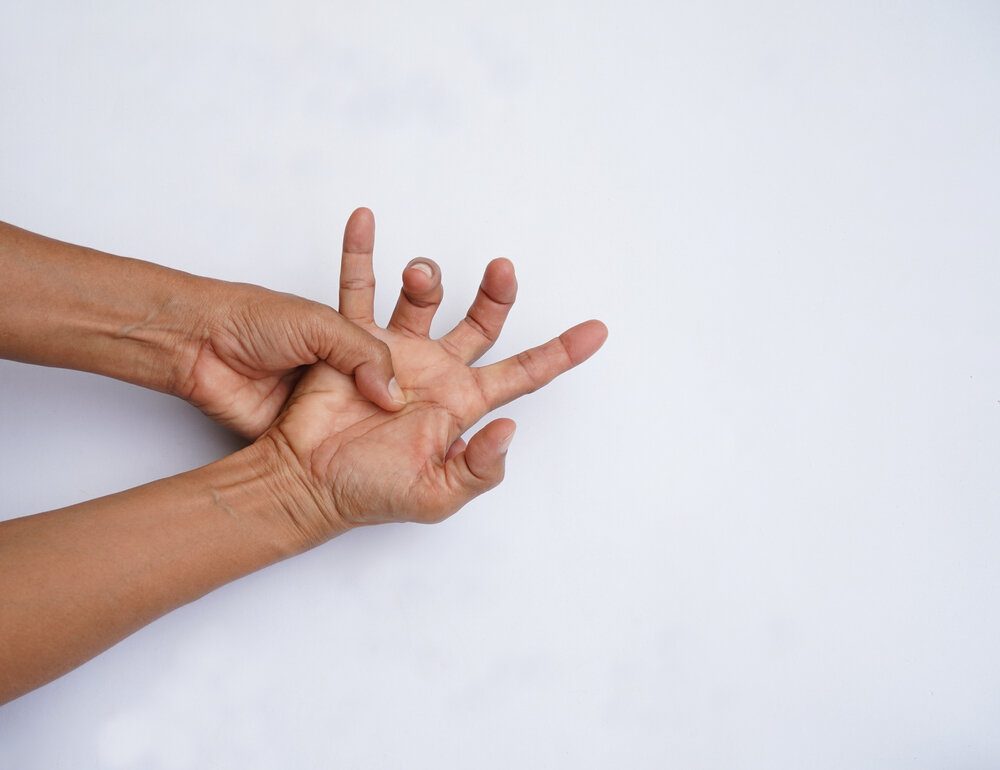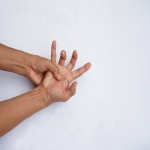A lot of patients with carpal tunnel syndrome are seen at Neuroscience Specialist, with a nerve problem in the wrist that is squeezed by or compressed by one of the major nerves (median nerves) on the hand. It streams in your fingers and can radiate your arm to your elbow (rarely the upper arm). In one hand or both of your hands, carpal tunnel syndrome can occur and affects women more than men.
What we often hear from our carpal tunnel patients is that it's rather painful, and that's why we thought as rheumatologists that we would share some of the things you could do to help heal and reduce pain if you had it. Choosing carpal tunnel treatment options immediately is necessary.

How is carpal tunnel syndrome caused?
Although several studies examining the link between excessive computer use and carpal tunnel syndrome have found, there is not enough evidence to support the statement.
We are well aware that the condition is caused in a variety of ways by pressuring the median nerve:
Repeating jobs, such as hand and wrist overwork, such as assembly lines, sewing, knitting, jackhammering, cash registers, guitar strumming, etc.
-
Muscle, ligament, tendon or bone damage
-
Thumb or wrist rheumatoid arthritis
-
Dislocation or broken joint
-
Keep the handle flexed for a long time
-
Fluid pregnancy retention
-
Conditions of thyroid
-
Diabetes
Who is at greatest risk for carpal tunnel syndrome?
Some factors increase your risk for carpal tunnel syndrome, especially if you are:
-
Between 30 and 60 years of age
-
Women
-
Diabetes, pathology, and/or arthritis
-
Smoke
-
Consume much salt
-
Have a sedentary way of life
-
Have a high index of body mass (BMI)
Have you encountered any such symptoms?
The characteristically symptoms of carpal tunnel syndrome vary from person to person but include: pain, tingling or numbness in the hands, wrist or forearm. Talking to a carpal tunnel surgeon can help you find out the cause.
-
Finger pain (usually in the thumb, index and middle fingers)
-
Reduced or lost thumb and dexterity of the hand
-
Night numbness or pain, strong enough for you to get out of sleep.
-
Your hands' timidity
-
Unable to distinguish between cold and hot
You can do five things to reduce your risk of carpal tunnel
We've seen over years in our clinic that making the following changes in lifestyle can help patients avoid or minimise their symptoms by developing this painful condition:
-
Gently type
-
When typing, do not use more force than is needed. Try hitting keys softly instead.
-
Take breaks frequently
-
During repetitive activities stretch, rotate and bend your hands and wrists.
-
Modify your working environment
-
Look carefully at how and where you work (perhaps you get an appraisal) to see whether it works better, moving your mouse, working machine, and how it affects your braces, hands and fingers. You can find ways to improve your type. Before seeing carpal tunnel treatment options, follow this vigorously.
-
Managing chronic health conditions like arthritis, diabetes, hypothyroidism and high blood pressure.
-
Avoid sports or hobbies that put or at least make sure that you are doing your carpal tunnel area properly.
For example, weightlifting with poor hand shape or long-haul biking with improper handlebars are carpal tunnel syndrome-inducing activities.
See us at Neuroscience Specialist in OKC if you are searching for credible carpal tunnel surgeons near you.
**Disclaimer- Information presented here is not intended to be qualified medical advice. Nothing expressed herein creates a doctor-patient relationship.

